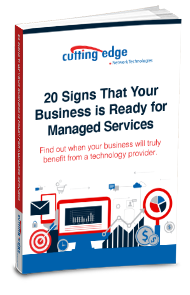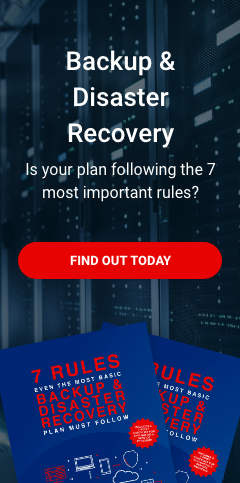Recent years have seen soaring demand for cloud computing solutions across every industry, and finance and banking are no exception. The cloud is vital for achieving greater resilience and flexibility at a time when remote work is the new normal and customer demands are rising constantly.
Despite the meteoric rise of cloud computing, many banks have yet to make a full transition to these remotely hosted and distributed computing environments. A lot of established banks still rely heavily on legacy systems, which do not work well with the cloud. There are also security and privacy concerns, which is doubly true for heavily regulated sectors like banking.
To overcome these challenges, banks must deploy the right technology and take an outcome-based approach. With the right solution, it should be possible for banks to migrate to the cloud in months rather than years, and without adding risk. That said, the cloud is a journey rather than a destination, which is why it’s important to incorporate the following strategies:
1. Focus on your desired business outcomes
Every business has a unique set of needs and priorities, which are driven by customers and employees alike. No digital transformation should ever take place in a vacuum, and adopting new technologies for their own sake can leave you in a worse situation than when you started.
The best decisions are outcome-based. For example, maybe you want to better accommodate your remote workers, in which case you may want to establish a standardized way to provision virtual machines. Or you might want to improve service availability, in which case migrating to the cloud may increase uptime when compared to using in-house servers. Keeping a clear picture of your business goals is a vital first step.
2. Don’t forget about data egress fees
Banking is one of the most information-heavy industry sectors of all, and the costs of moving huge amounts of data around can quickly spiral out of control. While most cloud providers are happy to let you upload virtually any amount of data for free, getting it back out again may end up being prohibitively expensive.
While you should be looking for a long-term solution, it’s essential that you have a contingency plan in place. Vendor lock-in is a common problem with many cloud providers. Some contracts lack the flexibility you need to take data out of the cloud or move it to another service provider without paying enormous egress charges. Always be sure to involve your stakeholders to have plenty of eyes on any contracts before you sign them.
3. Follow the concept of security by design
For too long, many businesses have considered digital security and privacy to be afterthoughts, tacked on to new software solutions later, rather than being integral to the entire process. In a heavily regulated sector like banking, this approach adds enormous risk. For that reason, security and privacy should play an integral role in any cloud migration.
Many banks prefer to take a hybrid approach, in which sensitive information is encrypted and stored on premises or in private cloud environments that do not share the underlying hardware resources with other tenants. At the same time, less sensitive data may be stored in the cloud and leveraged for analytics and insights via business intelligence solutions.
Getting started with the cloud
Microsoft Azure is the current industry leader in hybrid cloud computing, and it works directly with major financial services software providers to help simplify migration from legacy banking systems. By working with a company that specializes in helping banks migrate to the cloud and has strategic technology partners in the space, you can reduce risk and keep costs low.
Cutting Edge Network Technologies understands the unique needs and challenges of banks and other financial services firms when it comes to migrating to the cloud. Schedule your free IT consultation with us now.
20 Signs That Your Business is Ready for Managed Services
Discover which challenges we can help your business overcome by downloading this free eBook.



Leave a comment!